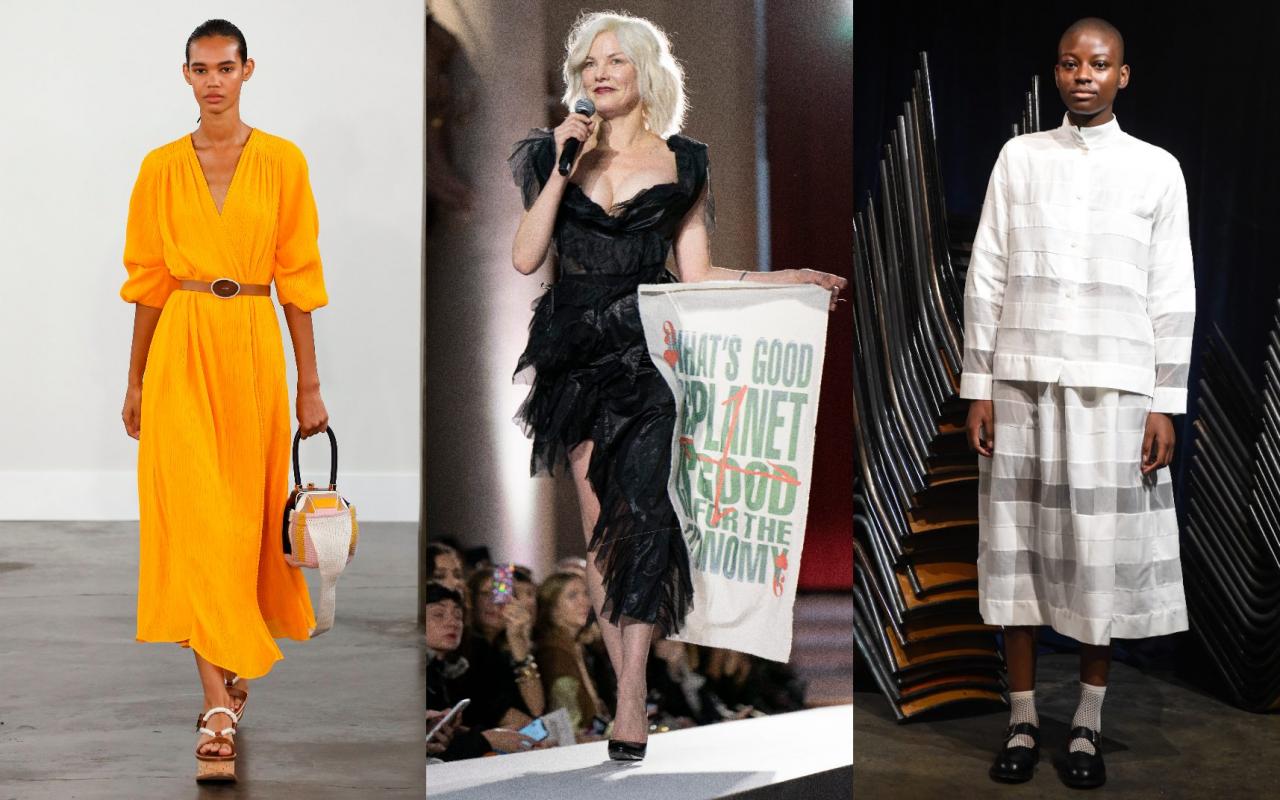
The Roaring ’20s was a decade of unprecedented social change and aesthetic dynamism. It gave birth to a new, more liberal woman, the ‘flapper,’ who expressed her independence through unconventional behavior and distinctive fashion. This article explores the impact of the Roaring ’20s on today’s fashion trends.
Section 1: The Fashion of the Roaring ’20s
Understanding the fashion of the 1920s is essential to appreciate its influence on contemporary fashion.
1.1. The Rise of the Flapper
The Flapper was the epitome of 1920s fashion. She rejected corsets and petticoats for shorter skirts and dropped waists, reflecting her desire for freedom and autonomy. Coco Chanel, a revolutionary figure in ’20s fashion, famously said, “Fashion is not something that exists in dresses only. Fashion is in the sky, in the street; fashion has to do with ideas, the way we live, what is happening.” The Flapper lived this philosophy, using fashion as a tool for social rebellion.
1.2. Key Trends of the ’20s
The 1920s were known for their unique trends like bobbed hairstyles, cloche hats, and beaded dresses. Art Deco, a prevalent design style of the era, influenced fashion with its geometric shapes and bold colors. Androgynous fashion also gained popularity, with women donning menswear-inspired looks, a trend that Coco Chanel spearheaded with her relaxed, practical designs.
Section 2: The Roaring ’20s Influence on Modern Fashion
Several key trends of the Roaring ’20s have found their way into modern fashion.
2.1. The Flapper Dress
The flapper dress, characterized by its dropped waist and loose fit, has inspired contemporary fashion. Brands like Gucci and Chanel have featured flapper-inspired dresses in their collections, embodying the same spirit of rebellion and freedom that defined the ’20s. As Karl Lagerfeld once said, “Fashion is a language that creates itself in clothes to interpret reality.”
2.2. Androgynous Fashion
The ’20s blurring of gender boundaries in fashion paved the way for the androgynous fashion trends we see today. Designers like Yohji Yamamoto and brands like Comme des Garçons frequently showcase collections that blur the lines between traditionally masculine and feminine clothing. In doing so, they echo the ’20s ethos of using fashion as a tool for challenging societal norms.
Section 3: The Roaring ’20s in the Digital Age
The influence of the ’20s extends to the digital world, shaping online trends and ecommerce.
3.1. Reviving the ’20s Through Technology
Technology has made it easier to revive and reimagine ’20s fashion. Virtual fashion shows and augmented reality fitting rooms have made flapper dresses and cloche hats accessible to a new generation. Plus, social media platforms like Instagram and TikTok have seen a resurgence of ’20s-inspired looks, hashtags, and challenges, proving that even a century later, the Roaring ’20s continue to inspire.
3.2. Sustainable ’20s Fashion
With the rise of sustainable fashion, ’20s inspired designs are being reinterpreted using eco-friendly materials and ethical manufacturing processes. Brands like Reformation and Stella McCartney are leading the way in creating ’20s-inspired pieces that are not only stylish but also kind to the planet.
Conclusion
The Roaring ’20s was more than just a decade; it was a revolution in culture and fashion that continues to influence today’s trends. The spirit of rebellion, innovation, and liberation that defined the ’20s remains a driving force in modern fashion. As legendary designer Yves Saint Laurent said, “Fashions fade, style is eternal.” The style of the Roaring ’20s, it seems, is truly eternal.

